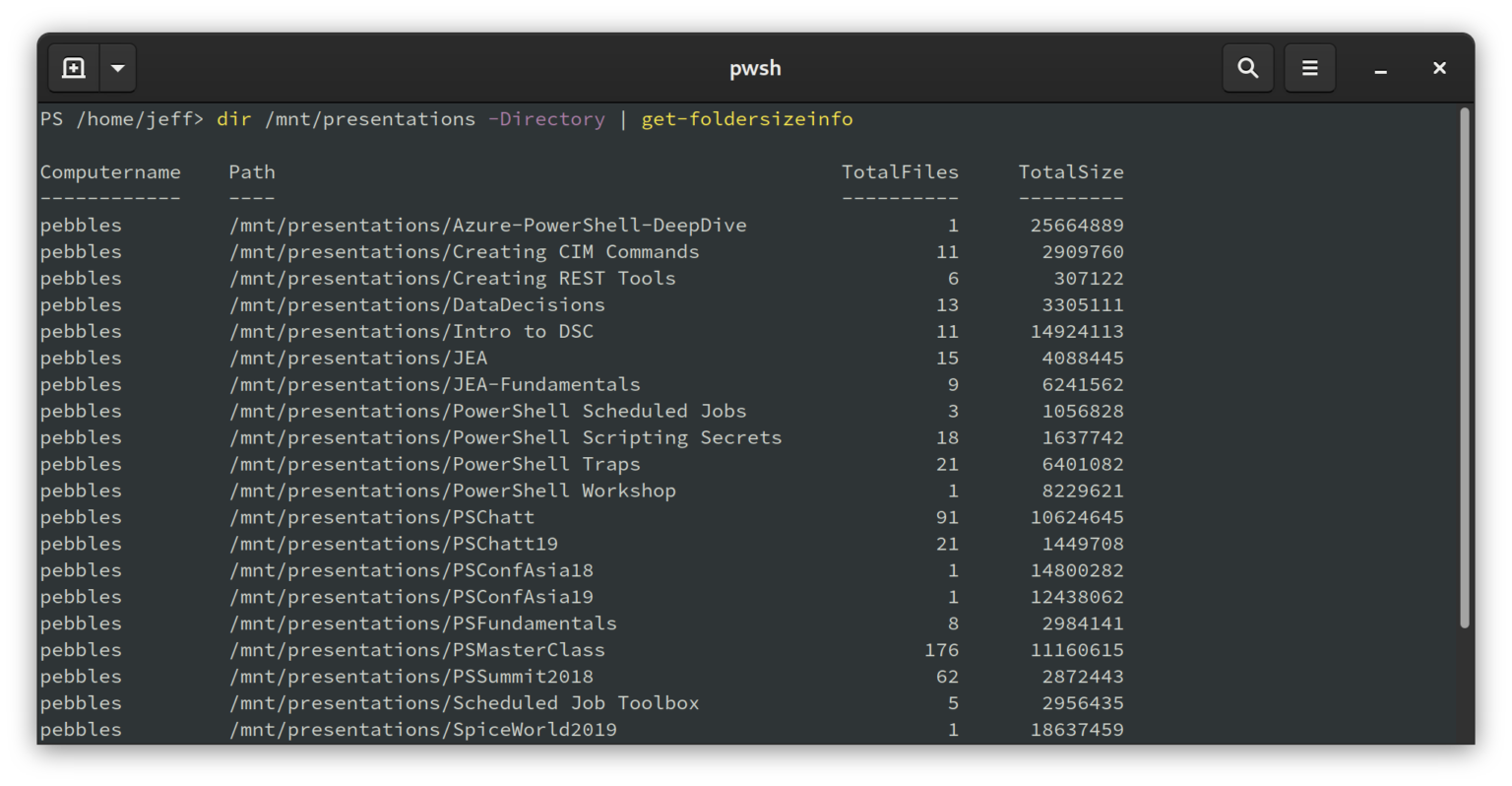
But in a situation where you have a complex image SVG file, such as the Mona Lisa photo, I would suggest using PNGs or JPEGs as the load time and performance for SVGs can fall drastically Also, if you use inline SVG in your code, the browser does not have to make a request to get the image and renders it just like all the other code in your file. It’s like rendering text compared to rendering pixels and colors for other image formats. High performance and speed: Because of their small size, SVG images are very easy and fast for browsers to render.Small file size: SVG file sizes are usually small compared to other file formats, and they are easily compressible, which allows for their sizes to be even smaller.This makes it possible to zoom in and out of SVG images without losing quality and gives SVG the ability to scale infinitely SVG uses shapes, numbers, and coordinates instead of pixel grids like other image formats do. Scalability and resolution: This is the utmost advantage that SVG has over other formats.Let’s look at some advantages that SVGs have over other image formats: However, there are many reasons why you’d want to use SVG over these other formats. You’re probably more familiar with image formats like JPEG, GIFs, and PNG than you are with SVG. Injecting SVG to the DOM using react-svg.Brands such as Twitter, YouTube, Udacity, Netflix, and more use SVG for some of their images and icons. Today, a huge percentage of icon libraries, such as Flaticon, Font Awesome, Material Icon, etc., have full support for SVG.

It was developed in the late 1990s and was poorly supported until around 2016.

SVG is a vector graphics image format based on XML. How to use SVGs in ReactĮditor’s note: This article was last updated on 12 December 2022 to add a section about how to inject SVGs to the DOM using the react-svg component, as well as ensuring compatibility with the latest version of react-svg (12.1.13 at the time of writing).


 0 kommentar(er)
0 kommentar(er)
